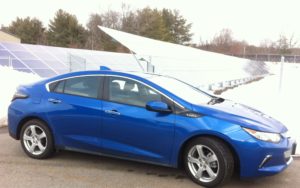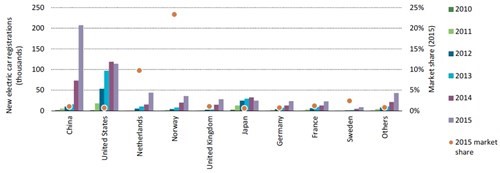This Earth Day brings special significance. We celebrate the 50th Earth Day, a milestone in itself, at a time when respiratory health has never been on the mind of more people and has never been more important to humanity.
Scientists, researchers and health professionals have long shown the detrimental effects of air pollution on respiratory health. Air pollution causes increased rates of asthma, COPD (chronic obstructive pulmonary disease), premature death, heart disease and can make coronavirus cases worse.
We don’t have to live with air pollution.
We can make choices to use clean energy for electricity and transportation. Fortunately, the costs of clean energy sources such as wind and solar have fallen dramatically over the past decade, down 34% and 76% respectively, according to the International Monetary Fund (IMF). New wind and solar are now competitive with new natural gas generation (Bloomberg News). Electric vehicles are now cost competitive with the average price of a new car ($37k according to Edmunds.com), AND have lower operating costs. Solar, wind, and electric vehicles aren’t technological luxuries, they are smart financial choices and good for our health.
Here are a few ways to save money, reduce air pollution and save the planet:
- look into getting solar with a free no-contact, or remote, solar assessment from the folks at My Generation Energy, Inc. (508-406-9133);
- get an electric vehicle (see Drive Green from the Green Energy Consumers Alliance) or bike commute;
- participate in your local utility’s energy efficiency program (Mass Save here in MA); and
- compost food waste (especially if you have ‘pay-as-you-throw’ in your municipality).
Suntility is your trusted partner in success. Suntility provides renewable energy maintenance services, utility credit services, owner’s agent services and consulting solutions to optimize facility reliability, performance and value.
Contact Suntility Electric LLC at 508-538-4-Sun



